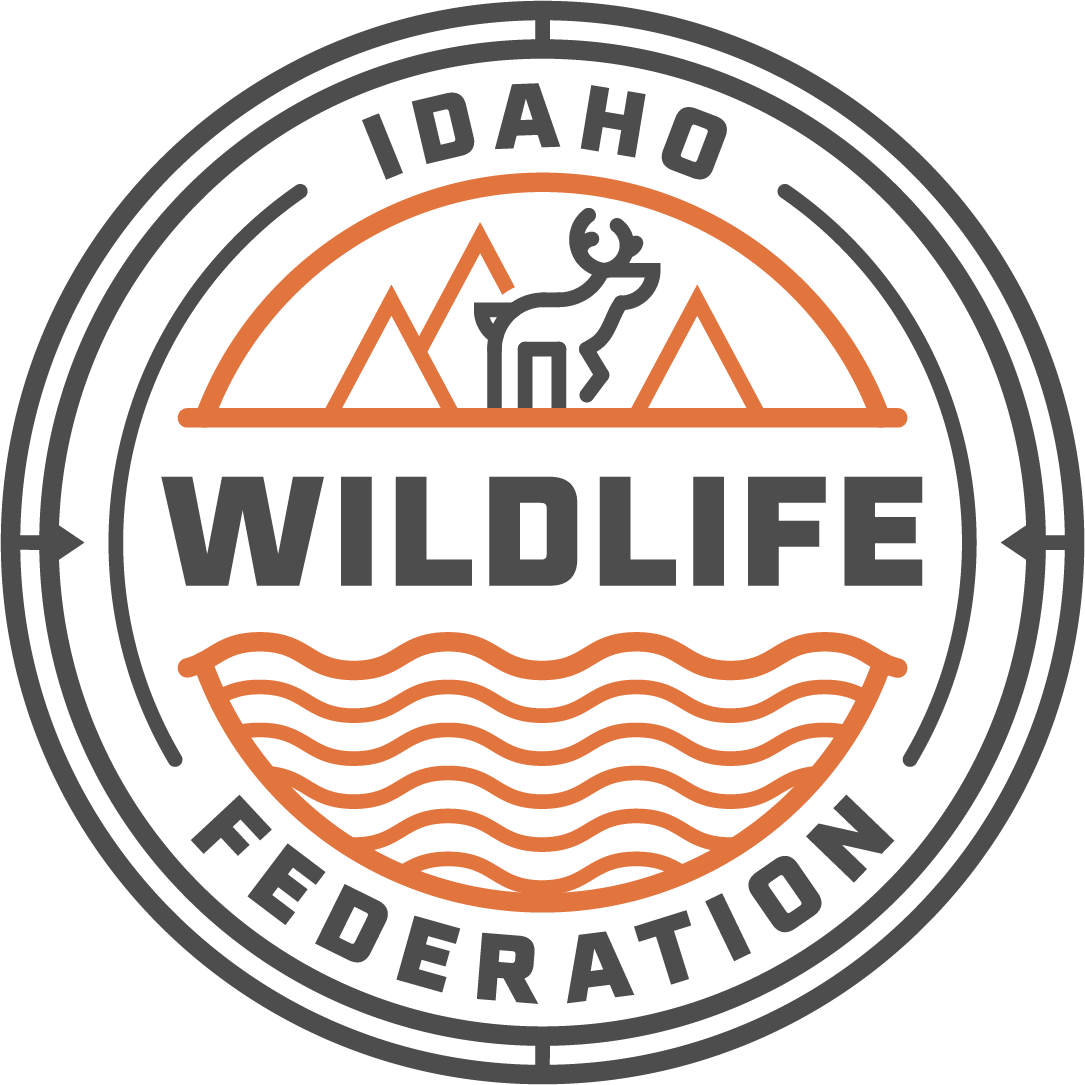Recap of the Governor’s Salmon Workgroup in Lewiston: Gaining Momentum
All eyes were on Lewiston last week as IWF participated in the third meeting of Governor Little’s Salmon Workgroup on the same day IDFG suspended all steelhead fishing on the Clearwater River and parts of the Snake River due to severely low returns.
Thursday’s activities included tours of the Port of Lewiston, the Nez Perce Tribal Fish Hatchery, Dworshak National Fish Hatchery, and Dworshak Dam with other members and guests of the Workgroup.
The bottom line: hatcheries in Idaho are releasing huge numbers of salmon and steelhead smolts (over 2 million a year), yet these efforts aren’t paying off as fewer and fewer adult fish return to Idaho every year. Dworshak’s hatchery campus manager delivered sobering news that returns are so low, Dworshak will fail to meet its B-run steelhead broodstock requirements this year: “There’s nothing we can do between here and Lower Granite Dam to improve adult returns.”
Raceways full of juvenile fish at Dworshak National Fish Hatchery.
On Friday, the Nez Perce Tribe and the Bonneville Power Administration presented their efforts to help fish return to Idaho. The Tribe talked about the great work it is doing restoring degraded salmon and steelhead habitat, while the BPA talked about their operation of the Columbia River Power System. A hot topic of conversation during the meeting was the new “Flex Spill” plan mandating BPA to increase over-dam spill during spring migration to improve the survival of salmon and steelhead smolts as they head to the ocean. Looming outside this discussion is the growing threat of BPA’s poor finances and the impending crisis of no more money to pay for all the activities that mitigate the effects of the hydrosystem, such as habitat restoration and hatcheries. Unfortunately, that discussion continues to play out in print media as a steady stream of warring articles instead of as a transparent and frank conversation between Workgroup members.
Our executive director Brian Brooks, who sits on the Workgroup, had this to say about the meeting: “I think we are gaining momentum. We are beginning to have tougher, more substantive conversations about our fish and what is killing them on their outward and inward migration. This was only our third meeting and it already appears to be emerging there are only a few things we can do to bring our fish back in meaningful numbers.”
Members of the Workgroup look over the edge of Dworshak Dam on a tour of the facilities.
Brooks continued, “the steelhead fishing closure and comments from fishing guides grounded the Workgroup. Our fish declines are having real impacts on Idaho families and Idaho towns. Those families are scared. For them, we need to stop the political grandstanding and hyperbole and get to work talking about real solutions.”
The next Workgroup meeting will be in Twin Falls at a date TBD.






